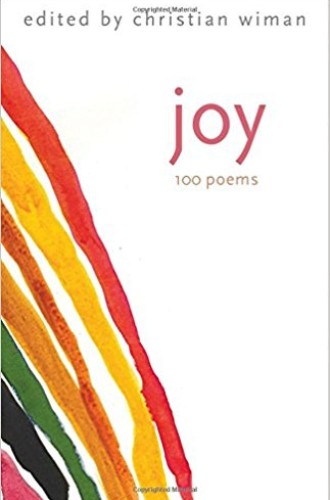Christian Wiman and the poetry of joy
In this anthology of poems selected by Wiman, joy comes in modest and unlikely guise.
Simone Weil says in a passage quoted in this anthology, “A test of what is real is that it is hard and rough. Joys are found in it.”
Using Weil’s definition, this is the most real collection of poetry I have ever read. It includes poems about a chronically ill child, patients playing basketball in a psychiatric hospital, being widowed, having an orgasm, and the pleasure of urinating on the seats of a sports car. In these poems, joy alights on all manner of things, none of them too sweet to believe. Weil’s formulation takes life in Lucille Clifton’s “hag riding”:
why
is what i ask myself
maybe it is the afrikan in me
still trying to get home
after all these years
but when I wake to the heat of the morning
galloping down the highway of my life
something hopeful rises in me
rises and runs me out into the road
and i lob my fierce thigh high
over the rump of the day and honey
i ride i ride





